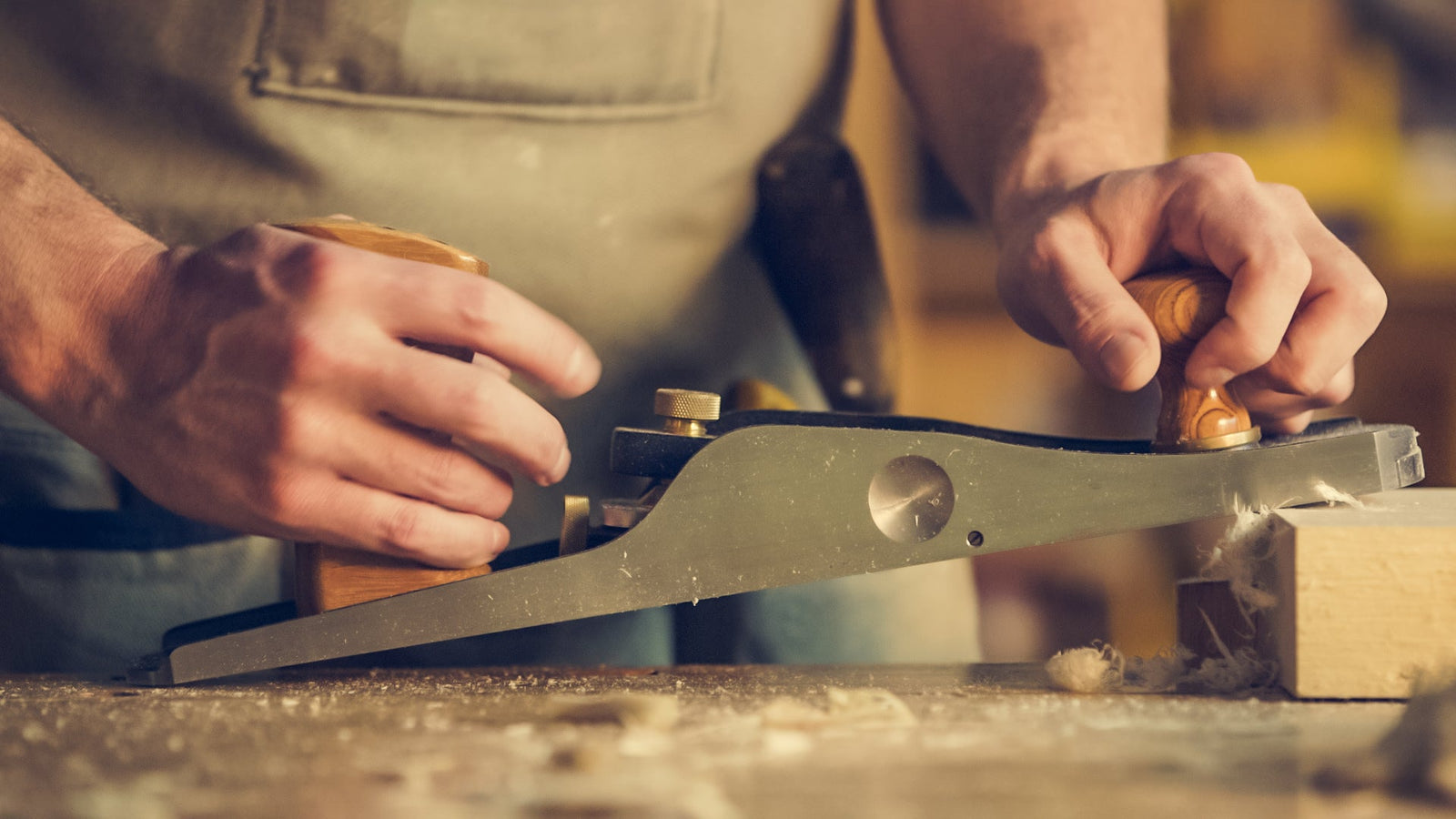wood furniture repair
Wood furniture is a cherished part of many homes, valued for its durability and timeless appeal. Over time, however, it can suffer from scratches, dents, and other damage. Knowing how to effectively repair and restore your wood furniture can extend its lifespan and keep it looking its best. In this guide, we’ll cover essential tips for wood furniture repair, common issues, and recommended products for successful restoration.
1. Common Wood Furniture Issues
- Scratches and Dents: Daily use can lead to scratches and dents on wood surfaces. These imperfections can be addressed with the right repair techniques and products.
- Cracks and Splits: Wood can crack or split due to changes in temperature and humidity. Proper repair methods can restore the structural integrity of your furniture.
- Loose Joints: Over time, joints may become loose, affecting the stability of the furniture. Re-tightening or reinforcing joints is crucial for maintaining functionality.
- Water Stains: Water spills can leave unsightly rings or stains on wood. Specific cleaning and repair techniques can help remove these marks.
2. Repair Methods for Wood Furniture
- For Scratches and Dents: Use wood fillers or scratch repair pens to fill in and blend scratches with the surrounding wood. For deeper dents, try steaming the area with a damp cloth and an iron to lift the wood fibers before applying filler.
- For Cracks and Splits: Clean the crack thoroughly and apply wood glue or epoxy to fill it. Clamp the area to ensure a tight bond and allow it to dry completely before sanding and finishing.
- For Loose Joints: Re-glue or tighten loose joints using wood glue or screws. Ensure the furniture is properly aligned before securing it. For significant damage, consider professional repair services.
- For Water Stains: Apply a mixture of baking soda and water or use a commercial wood stain remover to treat water stains. Gently rub the mixture onto the stain, then clean and polish the area.
3. Choosing the Right Wood Repair Products
- Wood Fillers: Select fillers that match the color and grain of your wood.
- Wood Glue: Use high-quality wood glue for fixing loose joints and cracks.
- Scratch Repair Pens: For minor scratches, a wood scratch repair pen can be a quick and effective solution.
- Wood Stain Removers: To tackle water stains, choose a wood stain remover that is gentle yet effective.
4. Tips for Successful Wood Furniture Repair
- Test Products: Always test repair products on a small, inconspicuous area first to ensure compatibility and avoid further damage.
- Follow Instructions: Adhere to the manufacturer’s instructions for application and drying times to achieve the best results.
- Regular Maintenance: Regularly clean and polish your wood furniture to prevent damage and maintain its appearance.
5. When to Seek Professional Help
While many repairs can be handled DIY, some issues may require professional assistance. If your furniture has significant damage or intricate repairs, consider consulting a professional furniture repair specialist.
Conclusion
Repairing and restoring wood furniture requires the right tools, techniques, and products. By addressing common issues with appropriate repair methods, you can extend the life of your beloved pieces and keep them looking their best.

